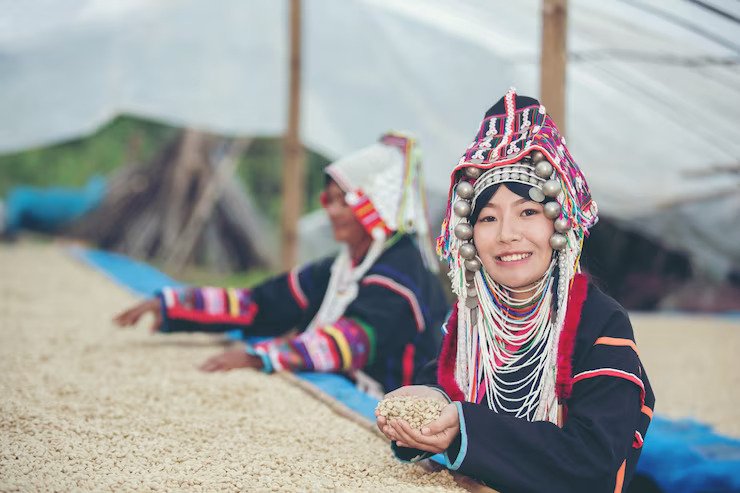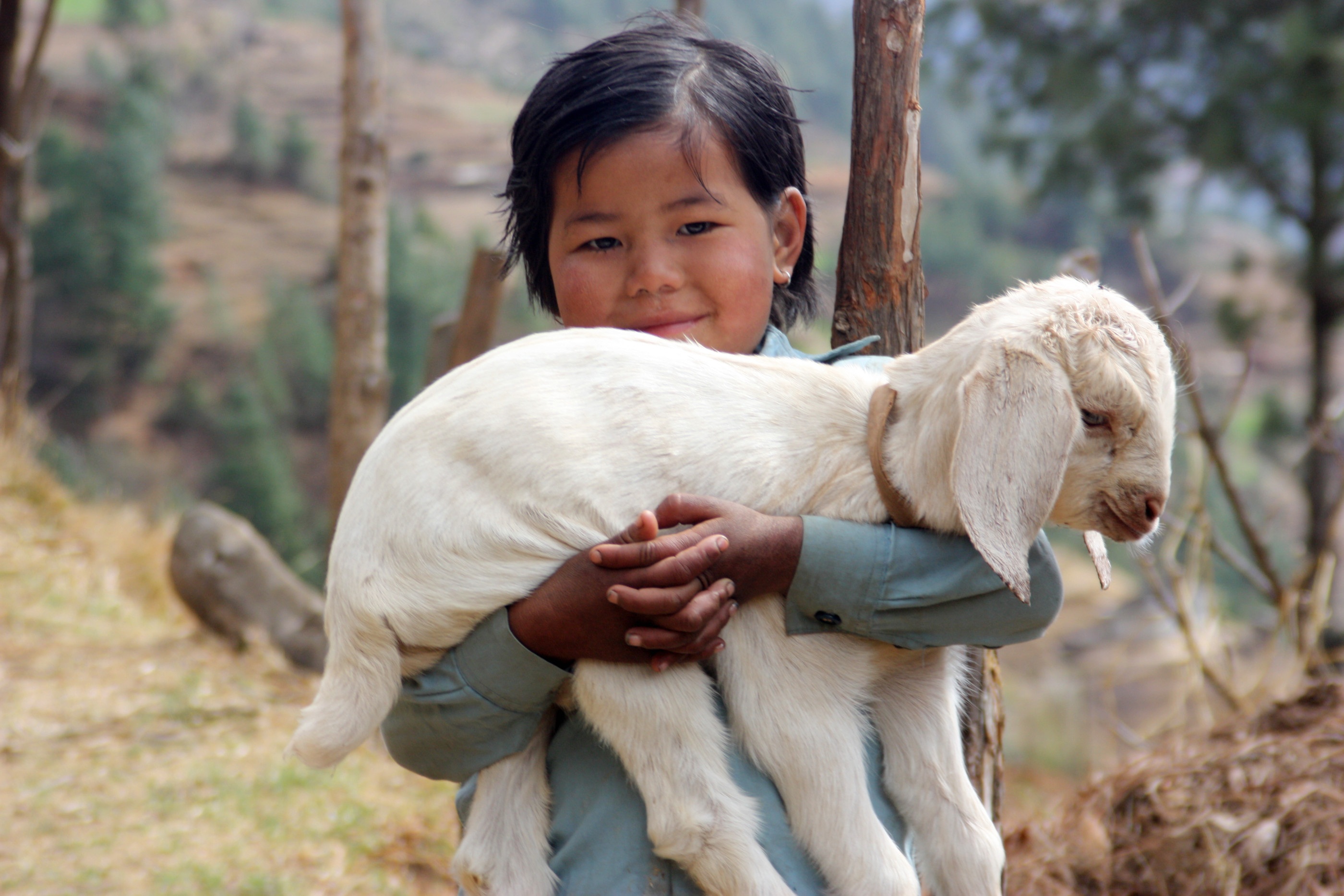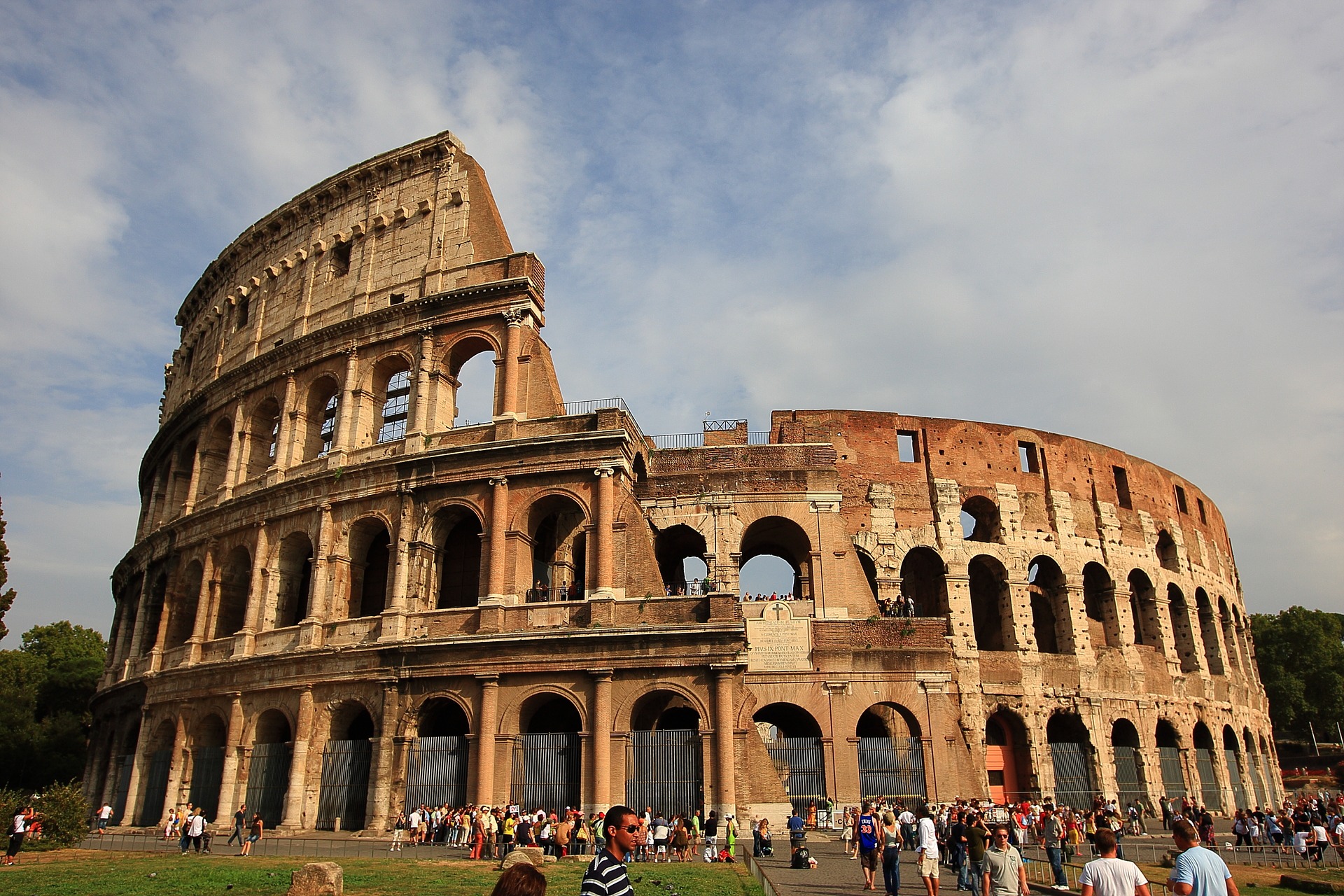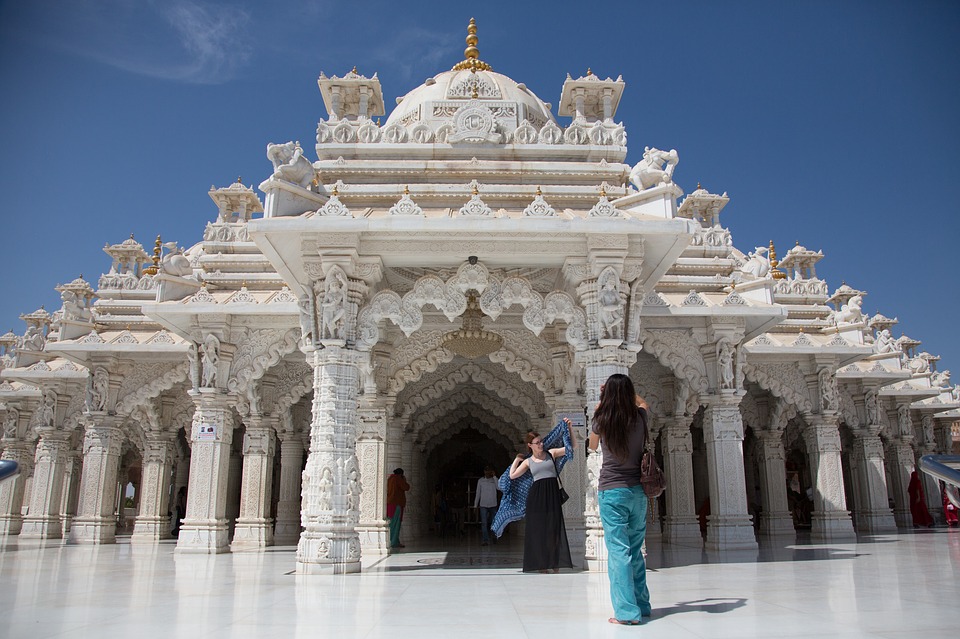Darjeeling is a beautiful hill station located in the Indian state of West Bengal, known for its tea plantations, stunning views of the Himalayas, and vibrant cultural heritage.
The town is home to a diverse mix of communities, including Tibetan, Nepalese, and Bengali, each of which brings its own unique traditions and customs to the area. One of the best ways to experience the culture and heritage of Darjeeling is to attend one of its many festivals, which are a celebration of life and community.
Darjeeling is known for its diverse and vibrant culture, with a rich blend of Tibetan, Nepalese, and Bengali influences. The town is famous for its tea plantations, which have contributed to the development of the local culture and economy.
Apart from the festivals, the traditional attire of Darjeeling reflects the rich cultural heritage of the town and is an important part of its cultural identity. Whether you are a visitor or a resident, experiencing the traditional clothing of Darjeeling is a great way to gain a detailing into the cultural diversity of its communities.
For Men:
The traditional dress for men in Darjeeling is the chuba, a long, loose-fitting gown made of heavy wool or cotton. It is typically worn in a variety of colors, including black, blue, and maroon, and is fastened at the waist with a wide belt. The chuba is often paired with a traditional headscarf or hat and is a common sight during religious and cultural events in the town.
For Women:
Women in Darjeeling typically wear the sari, a long piece of cloth that is draped around the body and tucked into a waistband. The sari is usually made of lightweight cotton or silk and is often adorned with intricate patterns and embroidery. The sari is typically worn with a blouse and petticoat and is a common sight during religious and cultural events in the town.
For Children:
Boys in Darjeeling typically wear a traditional shirt and pants, while girls often wear colorful dresses and skirts. Children in the town also wear traditional clothing during religious and cultural events, such as the chuba for boys and the sari for girls.
Now let’s talk about the festive celebrations. Here is a detailed overview of some of the most popular festivals in Darjeeling:
Darjeeling Carnival

This annual event is a celebration of the rich cultural heritage of Darjeeling and its diverse communities. The festival is held in December and features a range of activities, including music and dance performances, street parades, food stalls, and cultural exhibitions. The carnival is a great opportunity to experience the vibrant energy of Darjeeling and its people.
Losar Festival
The Losar Festival is a traditional Tibetan New Year celebration that is held in February. The festival is marked by prayers, rituals, and festive activities, including feasting and exchanging gifts with friends and family. Losar is a time for renewal and celebration, and it is a great opportunity to experience the rich Tibetan cultural heritage of Darjeeling.
Dushera
This Hindu festival is celebrated in October and marks the victory of good over evil. It is a time of great celebration, with families decorating their homes and participating in special rituals and ceremonies. In Darjeeling, the festival is marked by street processions and performances of traditional dances, making it a great time to experience the vibrant Hindu culture of the town.
Diwali
The Hindu festival of lights, Diwali is celebrated in November and is one of the most important festivals of the year. The festival is marked by the lighting of diyas, candles, and lanterns, as well as exchanging gifts with friends and family. In Darjeeling, the festival is celebrated with great enthusiasm, making it a great time to experience the local Hindu culture.
Maghe Sankranti
This festival marks the start of the harvest season in Darjeeling and is celebrated in January. It is a time for families to come together to give thanks for the abundance of the previous year and to make plans for the year ahead. The festival is marked by traditional songs and dances, as well as feasting and gift-giving.
Holi
This is the Hindu festival of color and is celebrated in March. It is a time for families to come together to celebrate the arrival of spring and to mark the triumph of good over evil. The festival is marked by the throwing of colored powders, as well as feasting and singing.
Christmas

This is the Christian festival of the birth of Jesus Christ and is celebrated on December 25th. It is a time for families to come together to celebrate the birth of Jesus
In addition to these festivals, Darjeeling also celebrates other important cultural events, including the Tibetan New Year and the Bengali New Year. Each of these events is a unique opportunity to experience the rich cultural heritage of Darjeeling and its diverse communities.
The culture of Darjeeling is a rich blend of Tibetan, Nepalese, and Bengali influences, and this is reflected in the traditional clothing worn by the people of the town. Light cotton clothing is recommended for the warm and humid climate, while layering is ideal for the cooler evenings. For religious or cultural events, traditional attire is typically worn, such as the traditional Tibetan chuba for men and the sari for women.
When it comes to accommodation, Darjeeling offers a variety of options to suit all budgets and preferences. Some popular options include the Windamere Hotel, The Elgin Darjeeling, Treebo Darjeeling, and the Mayfair Darjeeling.
These hotels in Darjeeling offer comfortable rooms, excellent facilities, and stunning views of the surrounding hills and mountains, making them a great base for exploring the town and its festivals. Out of the options, Treebo Darjeeling provides all amenities and top experience at an affordable price and also keeps running discounts and offers.
In conclusion, Darjeeling is a vibrant and culturally rich town, and its festivals are a great way to experience its cultural heritage and the energy of its diverse communities. Whether you experience the Tibetan culture of Losar, the Hindu celebrations of Diwali or Dushera, or the vibrant energy of the Darjeeling Carnival, this beautiful hill station is sure to offer a memorable and enriching experience.
Related: 10 Best Places To Visit In Gangtok In 2023
FAQs
What are some of the major festivals celebrated in Darjeeling?
Answer: Some of the major festivals celebrated in Darjeeling include the Darjeeling Summer Festival, the Darjeeling Winter Festival, the Maghe Sankranti Festival, the Losar Festival, the Holi Festival, the Diwali Festival, and Christmas.
What is the significance of the Darjeeling Summer and Winter Festivals?
Answer: The Darjeeling Summer Festival and the Darjeeling Winter Festival are two of the most important cultural events in Darjeeling, and are held to celebrate the diversity and rich cultural heritage of the town. The festivals are marked by traditional music and dance performances, as well as cultural exhibitions and competitions.
What is the traditional attire worn by men, women, and children in Darjeeling?
Answer: The traditional attire worn by men in Darjeeling is the chuba, a long, loose-fitting gown made of heavy wool or cotton. Women in Darjeeling typically wear the sari, a long piece of cloth that is draped around the body and tucked into a waistband. Boys in Darjeeling typically wear a traditional shirt and pants, while girls often wear colorful dresses and skirts.
Are there any religious rituals or offerings associated with the festivals celebrated in Darjeeling?
Answer: Yes, many of the festivals celebrated in Darjeeling are associated with religious rituals and offerings. For example, during the Losar Festival, families come together to make offerings and perform religious rituals, while during the Diwali Festival, families light diyas (small clay lamps) to mark the triumph of light over darkness.
Read Also:













